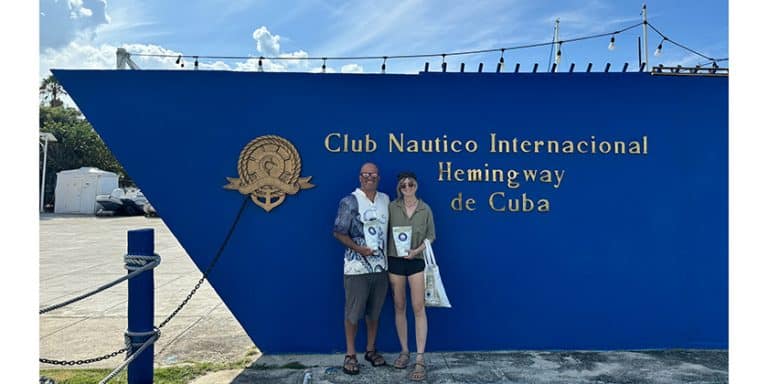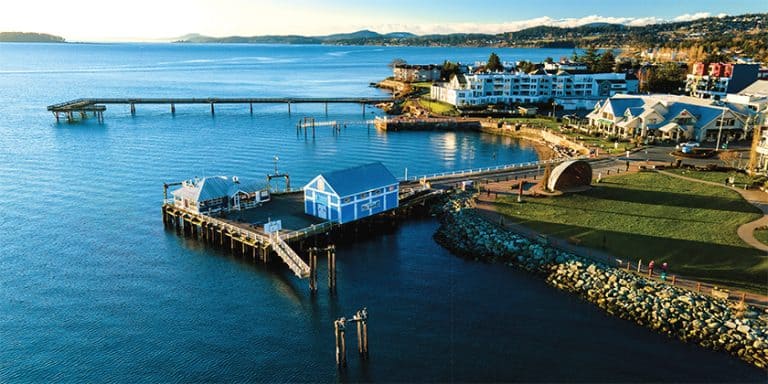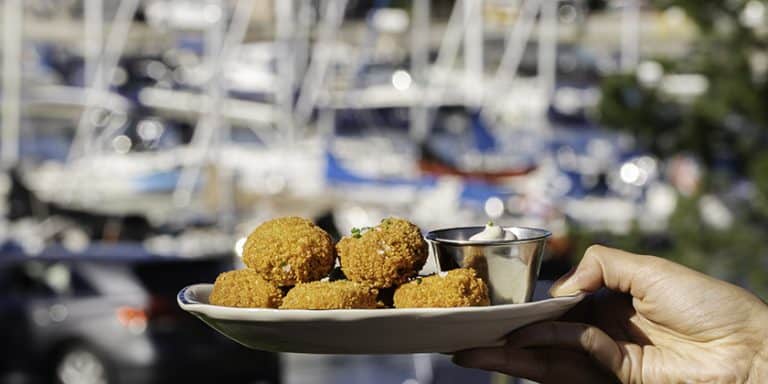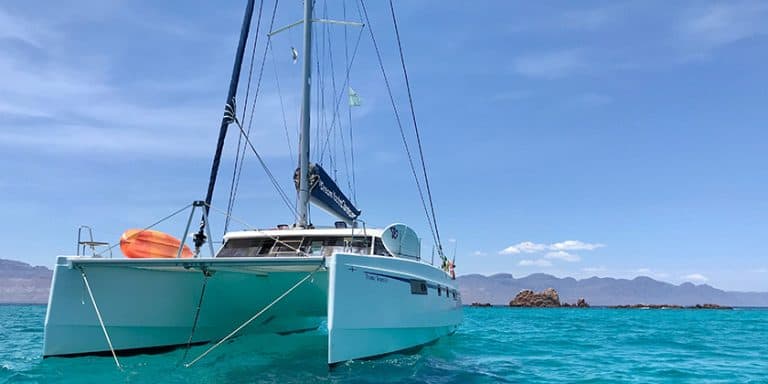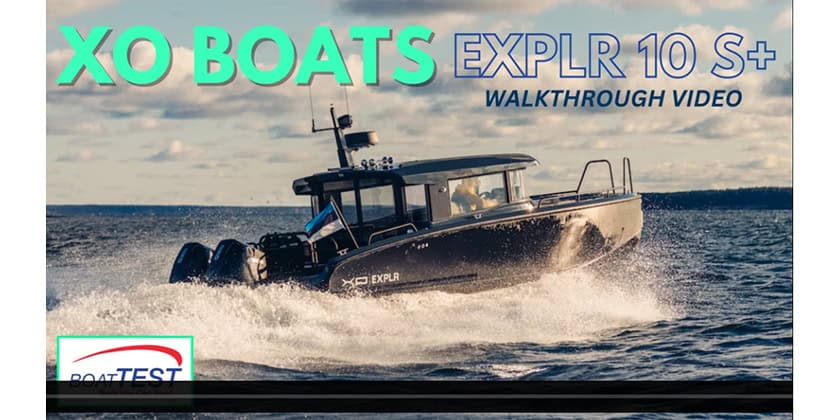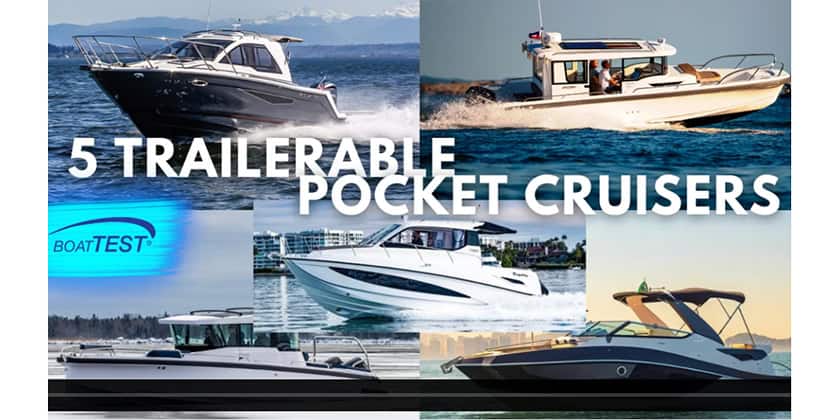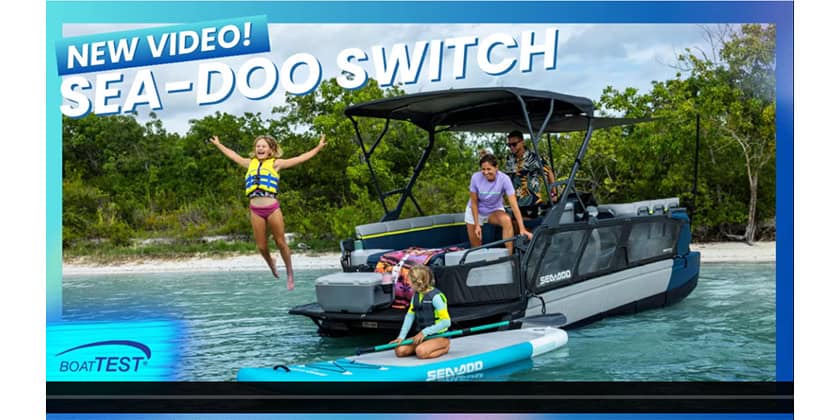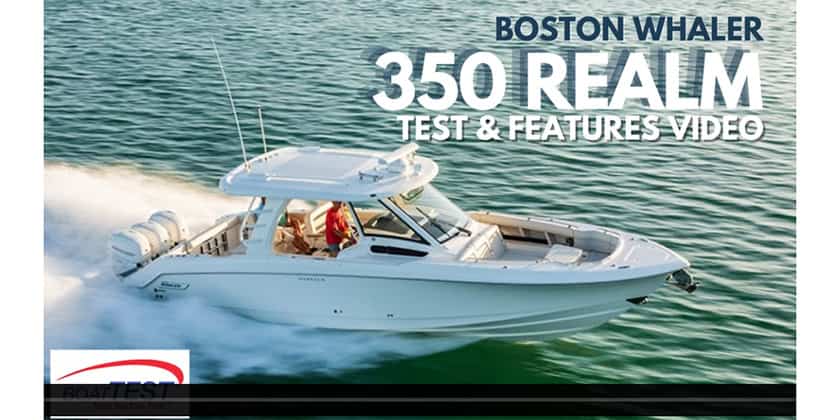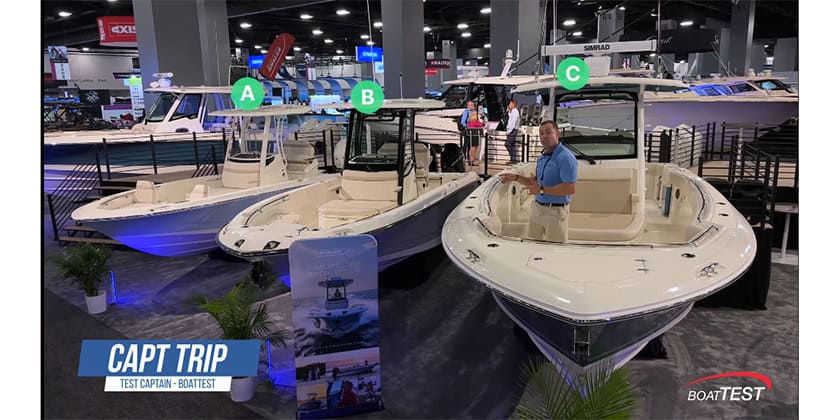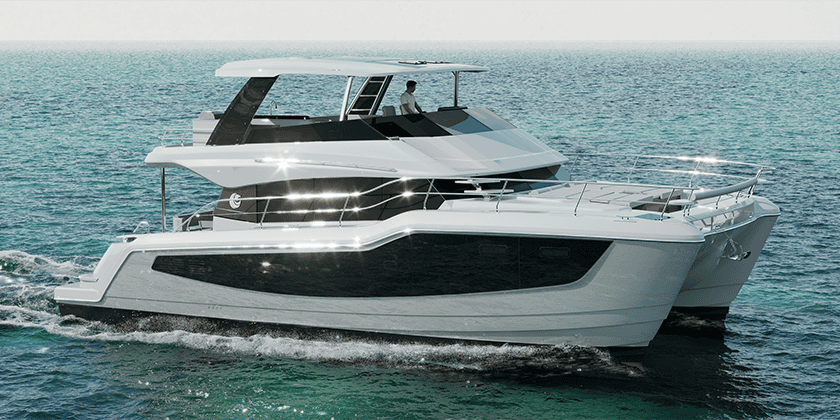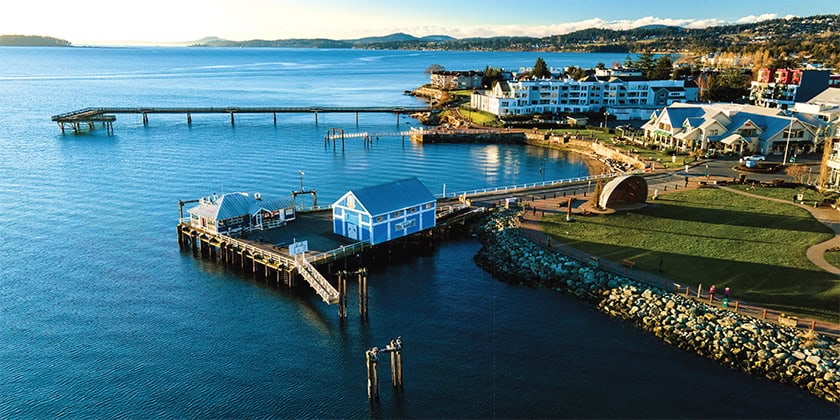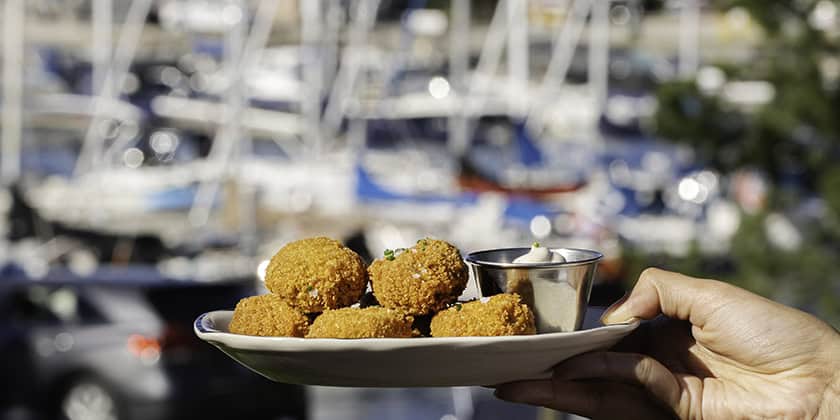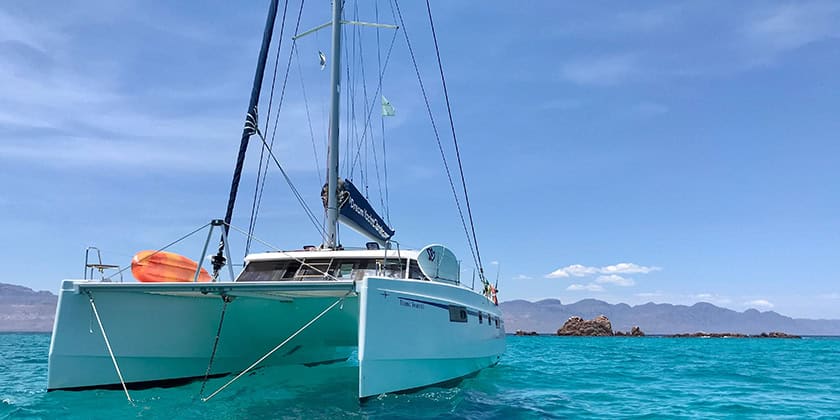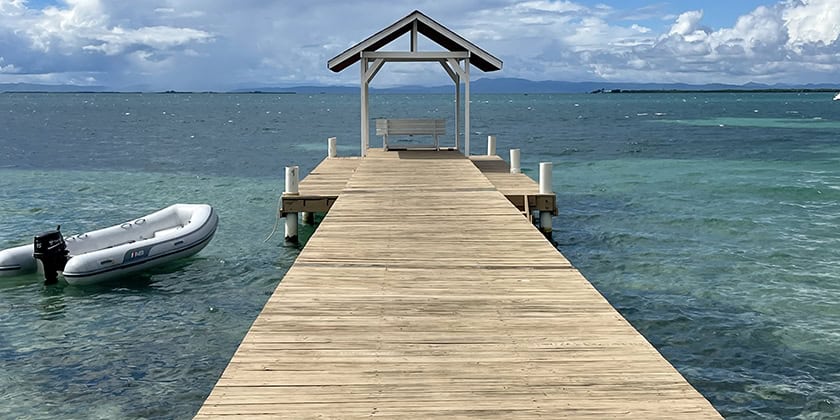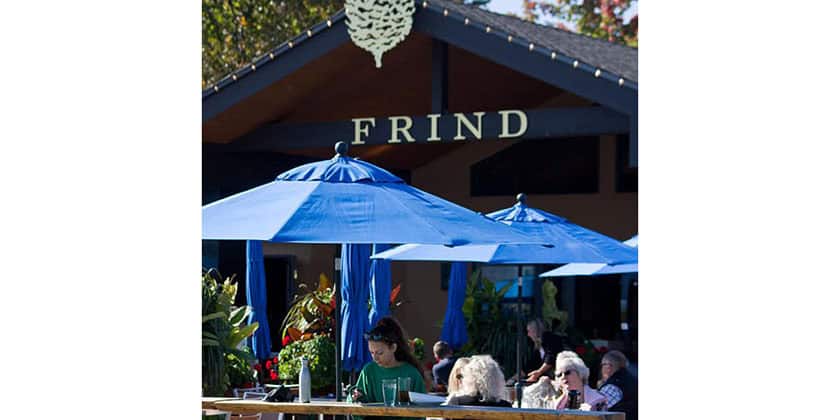Some cold Canadians check out Polynesia
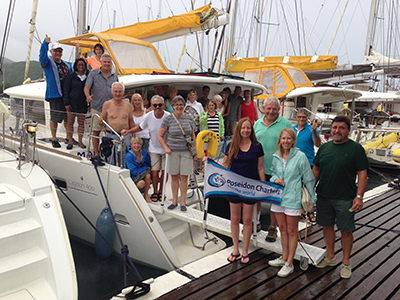
Apr 26, 2018
A snow squall blows down Buckham’s bay on the Ottawa river. What a contrast, a year ago our group of Ontario sailors where anchoring in an emerald lagoon just in time for a tropical rain squall -in the splendor of the Society islands of French Polynesia.
I can remember jumping off the back of the catamaran into the warm southern waters and swimming under the boat watching as the rain flattened the sea fore and aft. Our flotilla group were a motley crew made up mostly from the Ottawa, Gatineau and the Toronto area but we had a few Scots and Americans to add confusion on the VHF radio! Flying from Toronto to LA with Air Canada and then on to Papeete with Air Tahiti Nui can set you back about CAD$2900 round trip, but there are occasionally specials with Air New Zealand for CAD$1100 round trip from Vancouver.
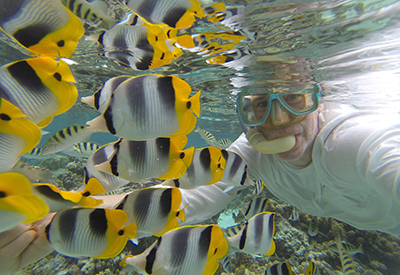 An air-conditioned Lagoon 400 will cost 9,053 USD for 10 nights. The whole adventure is a big expense but it is well worth it and will not disappoint on your ‘bucket list’, in fact you will never want to come home! The best time to visit is between the end of March to the beginning of November to avoid the rainy season. We had 8 days of sun on our 10 day adventure March 21-31.
An air-conditioned Lagoon 400 will cost 9,053 USD for 10 nights. The whole adventure is a big expense but it is well worth it and will not disappoint on your ‘bucket list’, in fact you will never want to come home! The best time to visit is between the end of March to the beginning of November to avoid the rainy season. We had 8 days of sun on our 10 day adventure March 21-31.
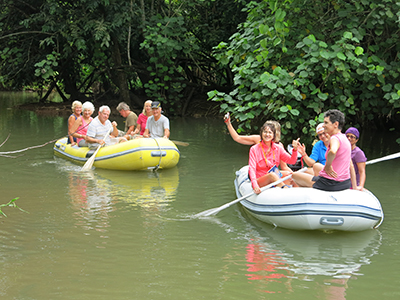
The crew from Ottawa
French Polynesia outranks any Caribbean island destination, especially this year as the Caribbean is still rebuilding. French Polynesia even edges the Mediterranean. While Greece has deserted islands and bays in the windswept Aegean, neither destination comes close to the pristine and untouched nature of the 5 archipelagos that make up French Polynesia.
The region was discovered by the Austronesians in 200BC, who had conquered the Pacific and were the first long distance sailors. The chain was later sighted by Captain Magellan in 1521, then over 200 years later by the French Captain Bougainvillea and Captain Wallis & Cook from the UK – on their way back from South America. The territory consists of 118 mostly volcanic islands and thousands of atolls scattered over 2,500,000 sq. km of Ocean! The best way to get an idea of the vastness of French Polynesian is to zoom down on Google Earth.
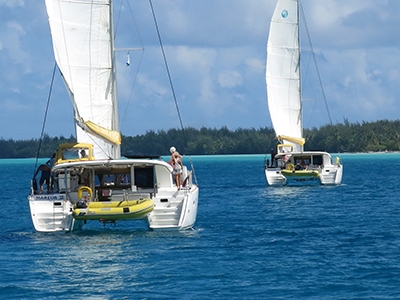 Out of nowhere hundreds of fringing reefs, rounded atolls, deserted islands and major land masses appear. In such a huge area, you can image how many places are untouched by human interference. Islands, bays, lagoons, reefs and open ocean have evolved over millions of years untouched by pollution, industry and harvesting of marine resources. When you snorkel, or dive in the French Polynesia the sheer number of species of fish and coral is overwhelming.
Out of nowhere hundreds of fringing reefs, rounded atolls, deserted islands and major land masses appear. In such a huge area, you can image how many places are untouched by human interference. Islands, bays, lagoons, reefs and open ocean have evolved over millions of years untouched by pollution, industry and harvesting of marine resources. When you snorkel, or dive in the French Polynesia the sheer number of species of fish and coral is overwhelming.
The reefs are alive with healthy corals systems, unlike Florida and the Caribbean which have had devastating effects from global warming, relentless hurricanes, pollution and over fishing. The reefs in French Polynesia do not seem to be affected by bleaching, pollution or human activity. Every snorkel stop snorkelers are greeted with anemones full of colorful Clownfish, teams of delicate Butterfly and Angelfish and waves of fairy basslets. Anchorages are inside the barrier reefs, on shallow sandy bottoms (4-6ft) and snorkeling and paddle boarding are a big part of any charter experience, as the water is flat in the lagoons and there is so much marine life to see. The locals Tahitians are a happy, welcoming people and young men are often found well off-shore paddling small outrigger canoes which is a popular competitive sport in the islands.
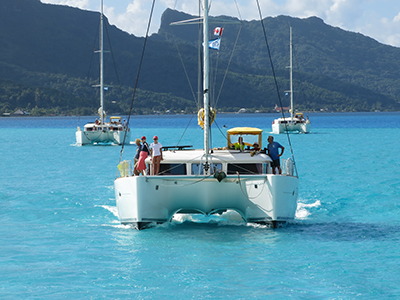 I know this whole scene sounds like I am describing the Garden of Eden, but it actually is! That is the only way to describe the remote, pristine and spectacular qualities of this destination. French Polynesians seem to have a great understanding of how important their natural resources are and how to protect them. The distance away from major civilizations has also provided a buffer zone to change and the natural volcanic geography, out in the middle of the Pacific ocean, has created the wealth of marine life.
I know this whole scene sounds like I am describing the Garden of Eden, but it actually is! That is the only way to describe the remote, pristine and spectacular qualities of this destination. French Polynesians seem to have a great understanding of how important their natural resources are and how to protect them. The distance away from major civilizations has also provided a buffer zone to change and the natural volcanic geography, out in the middle of the Pacific ocean, has created the wealth of marine life.
The most commonly known archipelago are the Society islands which consist of; Tahiti, Morea, Raiatea, Taha’a, Huahine, Bora Bora and Maupiti. Centrally located Raiatea has the largest number of marinas and charter yachts and is the place to start your own discovery of paradise. It is an easy destination to bareboat as anchorages in all the lagoons are numbered and well-marked on the boat charts. Alternatively hire a skipper and relax or join our next flotilla scheduled for March 2019 –to trade grey snowy Canadian skies for some French Polynesian sunshine!
– Capt. Steven Parry
Capt. Steven Parry is a commercial RYA Yachtmaster, who runs Ontario based Poseidon Charters, a TICO licensed Yacht Charter Agency. He is a familiar face at the Toronto International Boat Show and has been taking Canadian to Greece for over 20 years.
A short video with Capt. Steve to put you in the mood.



